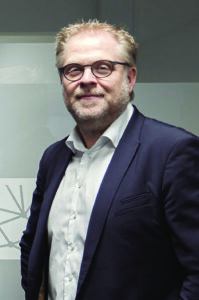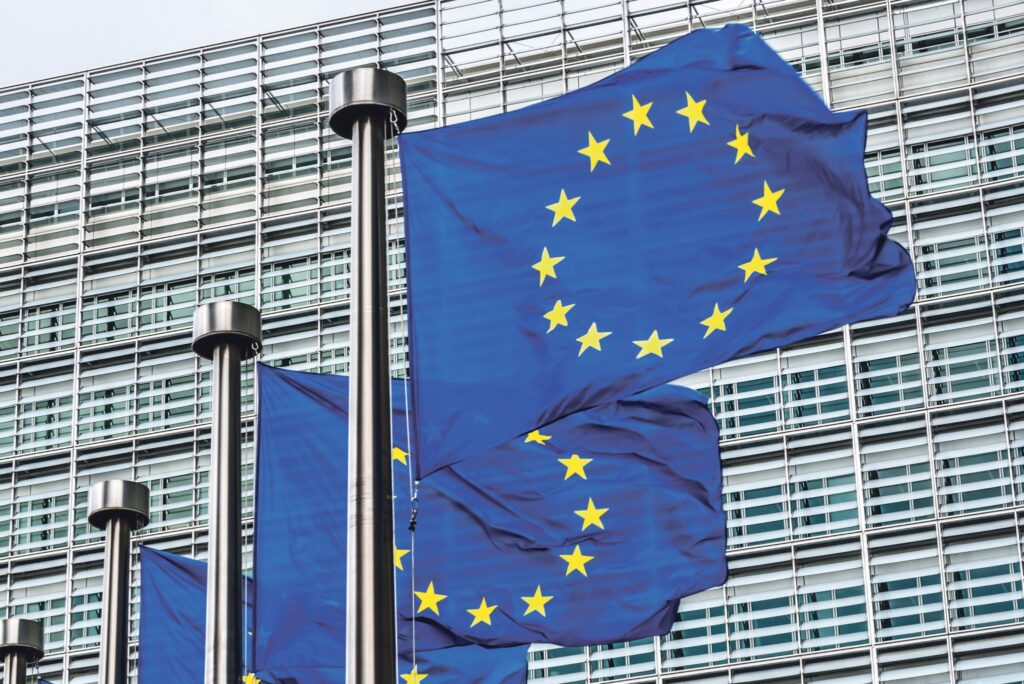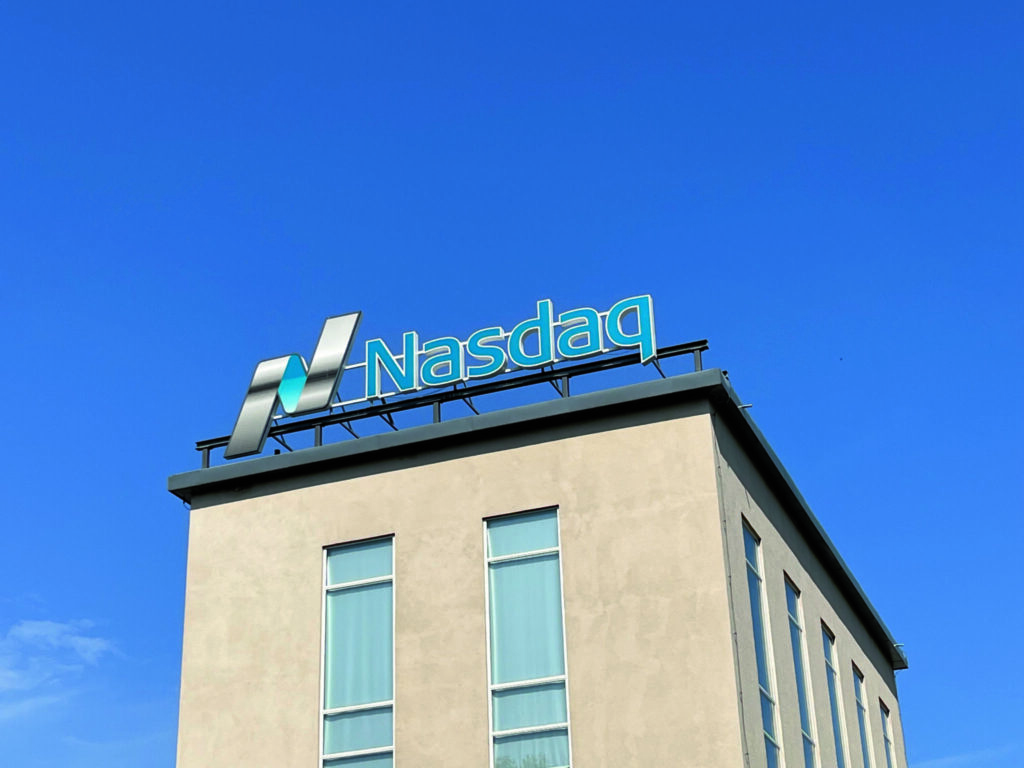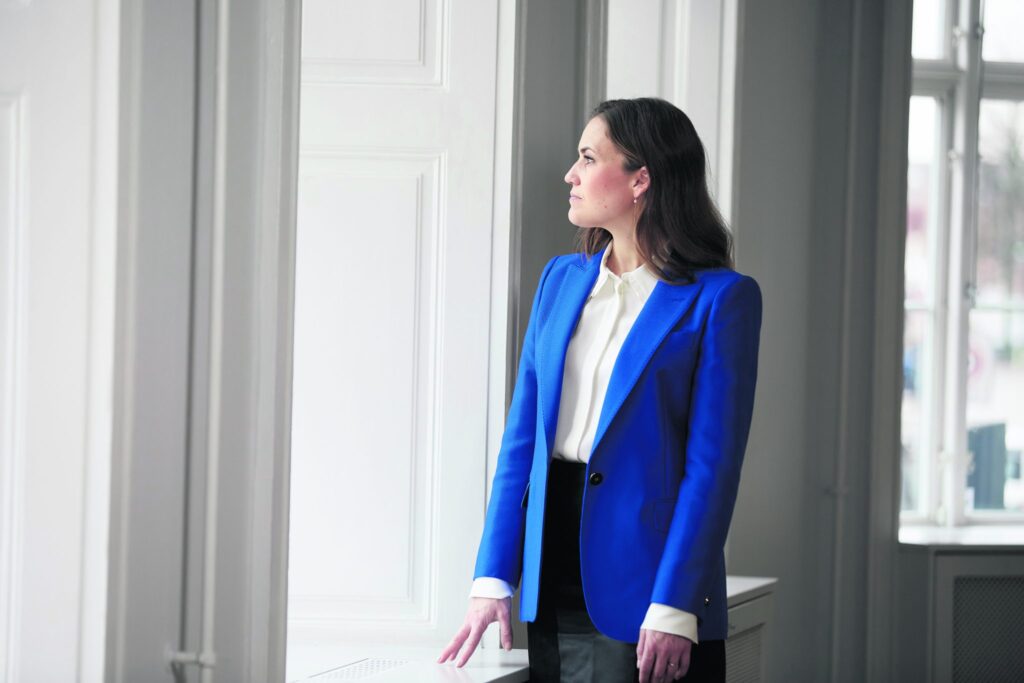Executive
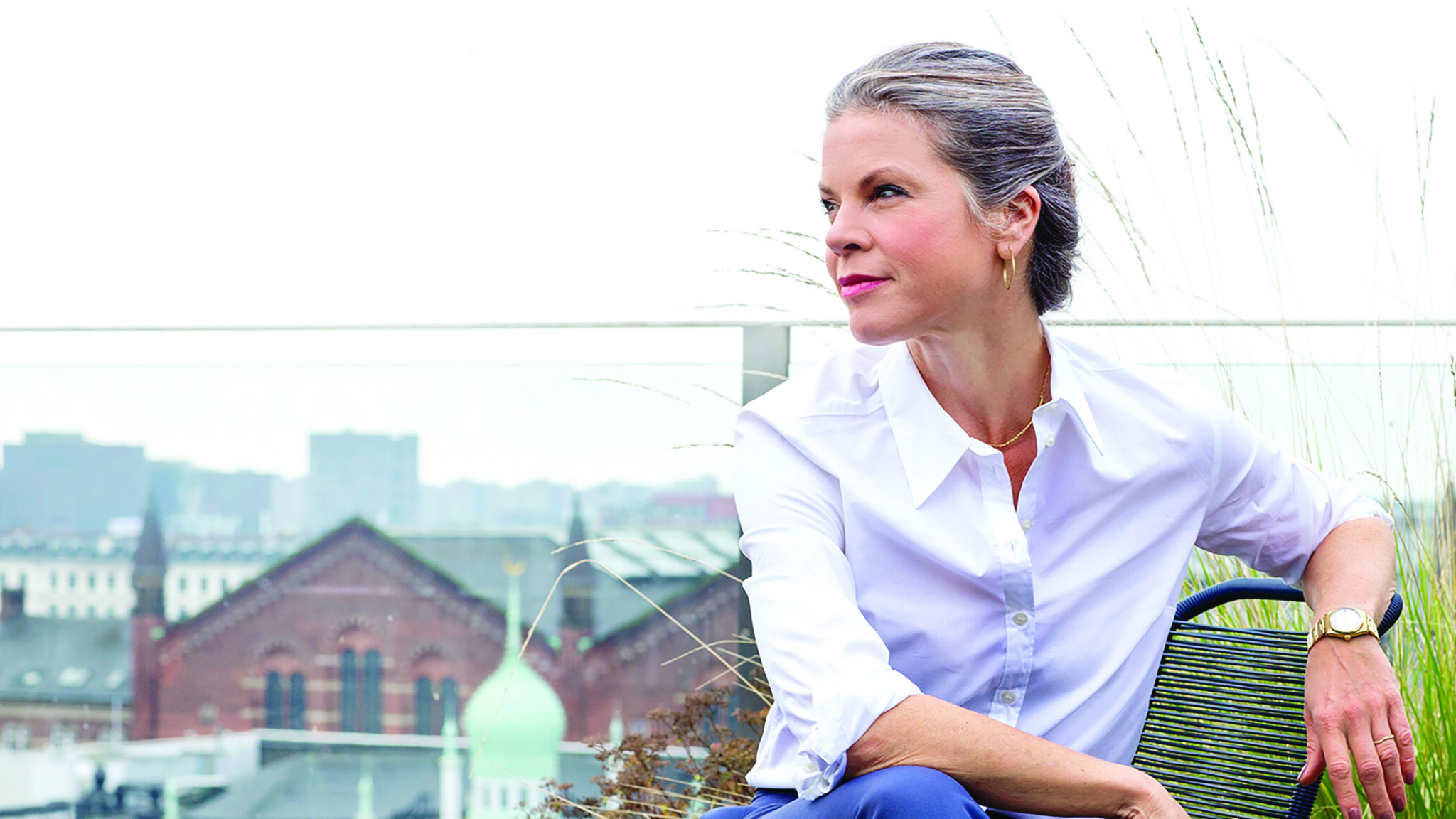
Panel discussion: How do we turn HYBRID working into a new DIGITAL competitive parameter?
Pernille Erichsen, director of management and business development at Dansk Industri (DI), the Confederation of Danish Industry
Hybrid working enables a completely different mix of where the work is done. Many companies now offer working from home on a wider scale, allowing more flexibility of work and for many staff members a better work/life balance. And companies now realise that digital working is an important competitive parameter for attracting and retaining workers. But hybrid working is so much more than home working. It is a completely different mix of working online or meeting in person – to collaborate with our colleagues or our clients and contractors. Sales teams have found, for instance, that much of the sales process can happen with no travel involved. Even internally, organisations have started to cut back on travel activities. All in all, there is so much more work we can now do virtually, compared to before the pandemic.
An analysis from Dansk Industri published in February 2022 showed that an impressive 87 percent of the companies surveyed now solve more work tasks online compared to before Covid-19. If we look more closely at the tasks that have been digitised, they mainly relate to meetings – both internally within the organisation and externally with collaboration partners, contractors and clients. This basically means that we can do more than we did before.
Our learning curve for new ways of working through online forums has been extremely steep over the past 2 years, and the implementation and use of new digital systems does not always happen in a flash. If thrown into deep water, there is no option but to learn how to swim. This is how the Covid pandemic has probably felt to a lot of companies: abrupt, unexpected and overwhelming. We got a lot of things right during the pandemic, but we also acted really fast. We moved our established work processes online, and it worked. We reduced our costs – and that has been crucial to a lot of companies.
But let’s be careful not to think we have successfully achieved the great hybrid transition. It is not enough to just ‘plug in’ our usual ways of working.
But let’s be careful not to think we have successfully achieved the great hybrid transition. It is not enough to just ‘plug in’ our usual ways of working. If anyone thought that Covid would lead to a revolution in how companies organise themselves physically, think again. In fact, a recent survey from Dansk Industri showed that these new ways of working more digitally and flexibly have not actually had a major impact on the physical set-up of companies. Some 69 percent of the companies surveyed said they have not changed their physical space. This indicates that much remains to be done in terms of organising the physical environment to be in harmony with new and more flexible ways of working. But it also reflects how many companies are only just finding their feet with more hybrid ways of working and have sensibly chosen to hold off on changing their physical space until they have a better picture of what they will actually need.
And there will be many new questions to consider as we increasingly work digitally. This goes for what happens internally in the company as well has in relation to our clients and our contractors. And this is where the creativity and innovative force that made it possible for us to drive our businesses forward, in spite of wide-ranging restrictions, now really need to come into play: to make the most of this digital push from the Covid pandemic, we need to look more closely at how we can use our stronger digital capabilities to do business and to open up new business areas.
What is needed for hybrid working to become – or remain – a digital competitive parameter for Danish companies?
Peter Møller Kristensen, Managing Director at HPE Denmark:
Hybrid working requires a healthy balance between work and our own time
Hybrid working, where we sometimes work at the office, sometimes on the go, and sometimes at home, has brought us a multitude of positive and by now well-acknowledged opportunities. But this hybridity relies on a greater degree of digitalisation that can also contribute to blurring the lines between working and not working. So, hybrid working can only be a competitive parameter for Danish companies if they succeed in creating a healthy working culture that extends to the home office too. It is well documented that hybrid working, where workers can easily switch between being physically present at the office and working from home, is good for both staff well-being and productivity in so many cases. Handing more of a say to workers allows them to structure their own time individually, making it easier to combine everyday chores with work. There is no doubt, then, that flexibility is an essential element in the modern future workplace.
But there is also a potential downside to this flexibility of hybrid working. If we are constantly reachable by email on our mobile phones and at our home offices, and if we are constantly switching between our work and private life, the pressure to be online and available outside of office hours may feel much greater. The ability to distinguish between work and life may be eroded. This makes it essential to focus on creating a healthy balance between work and our own time. The companies that manage to both use the potential of hybrid working and create the right circumstances for a healthy culture that highlights work/life balance and worker wellbeing – these are the companies that will be much better placed to compete in attracting and retaining workers in today’s labour market. This is a process where trust and aligning expectations are crucial elements.
Laura Lindahl, Managing Director at Dansk Facilities Management:
We need bold facility managers
Courage is crucial to make sure that all the good things that Covid brought with it don’t just disappear again. During Covid we learnt that we can work efficiently from home; we can reduce travel costs by meeting online; and we can have a better work/life balance by working more flexibly. The fact that we now have a taste for flexible working, and that working from home suits so many of us, especially those who feel the pressures of having young children, forces us to relate to what kind of role we would like the office to have in the future. If many people prefer to work from home two days a week, there simply isn’t a need for the same amount of space at the office or the same number of desks. But what should that space then be used for? Do we use the space creatively – for fitness equipment, badminton courts or other facilities that help attract and retain workers at a time when there is a shortage of skilled workers? Or do we reduce the space to get the positive financial benefits of that? These are questions being asked in so many of our member companies.
There are so many options available, but it should be clear that we need to use every square meter available somehow. This requires IT systems to coordinate who is present and when, so we can manage the availability of desks as well as the amount of food available at the staff canteen. It requires an understanding of what our workers need – and of what makes it attractive to turn up at the office in person, including how sharing knowledge and working across teams can thrive in this new set-up. I really encourage facility managers to be bold and have the courage to set out an ambitious plan for the workspace of the future. It will benefit each individual company as well as all their staff.
Ole Væhrens, Director Sales & Marketing, Corects:
Flexibility and worker focus are a competitive advantage
Time has run out on the traditional concept of staff having to report physically to work every morning at 9am. More and more companies have opened their eyes to the opportunities that arise from downsizing the number of permanent desk spaces and channelling these savings into staff benefits that add far greater value and will help attract the best talent. There are major savings to reap from hybrid working. As an example, a full, single workspace costs about 5000 Danish kroner per month, whether the staff member is present or not. For going to see clients, there are costs involved in parking, transport to and from meetings, and the time consumed. On top of that, heavy investment is required to run an IT environment that is scaled up to service all workers at the same time. These are all costs that don’t create any new value for the business or the workers. Long term, the point is what it takes to build a more sustainable company with a strong sense of cohesion between your workers.
Seen from a helicopter perspective, it means that companies need to make sure they remain relevant for the future. They are simply better placed if they are not limited by their physical environment and continue to adapt to the actual needs of workers, clients and their business. Whatever the future may look like, the best performing companies will be the ones that are the most agile, that attract and retain the best workers, and that scale their costs effectively.



